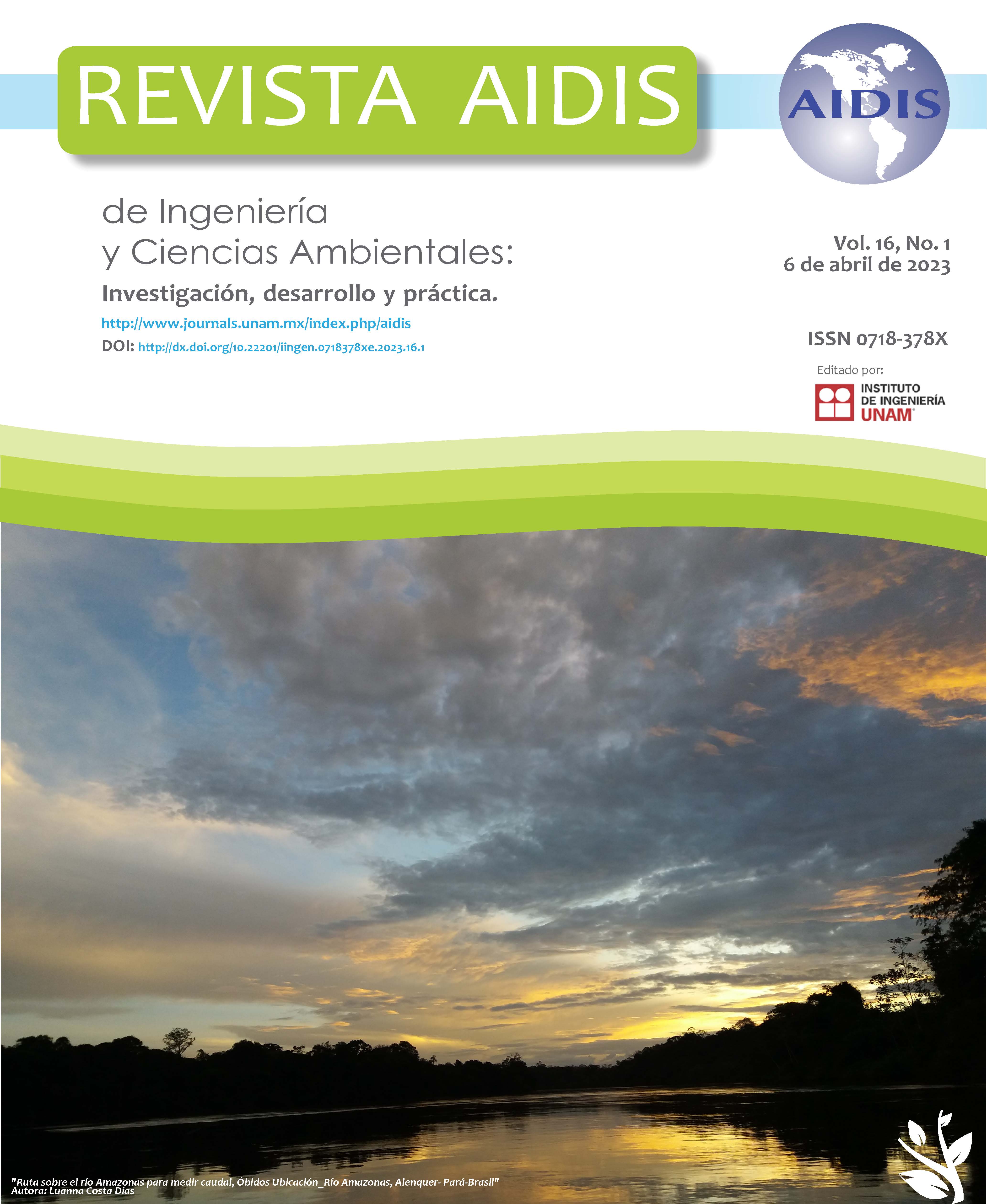EFICIENCY EVALUATION OF COAGULANTS USE FOR PHOSPHORUS REMOVAL IN EFFLUENTS
Main Article Content
Abstract
Phosphorus from wastewater is an important macronutrient, and its discharge in large amounts can favor the eutrophication of lakes and streams. Thus, specific treatments can be used for their removal in effluents. The use of coagulation and flocculation for phosphorus removal has been widely used due to its flexibility and high efficiency, and, for this, there are several products available. Therefore, the objective of the present study was to evaluate the efficiency of using aluminum sulfate, polyaluminum chroride (PAC), ferric chloride, and tannin coagulants to remove phosphorus from domestic and industrial effluents, using data available in literature works. When ferric chloride and aluminum sulfate were used, the median was approximately 90%, and the PAC was 80%. The use of tannin resulted in a greater variation in efficiency values and minor phosphorus removal (<75%). The mean coagulant dosage (mg coagulant. (mg initial TP)-1) was 9.33 mg.mg-1 for the PAC; 8.09 mg.mg-1 and 7.96 mg.mg-1 for ferric chloride and aluminum sulfate, respectively.
Article Details
Citas en Dimensions Service

This work is licensed under a Creative Commons Attribution-NonCommercial-NoDerivatives 4.0 International License.
